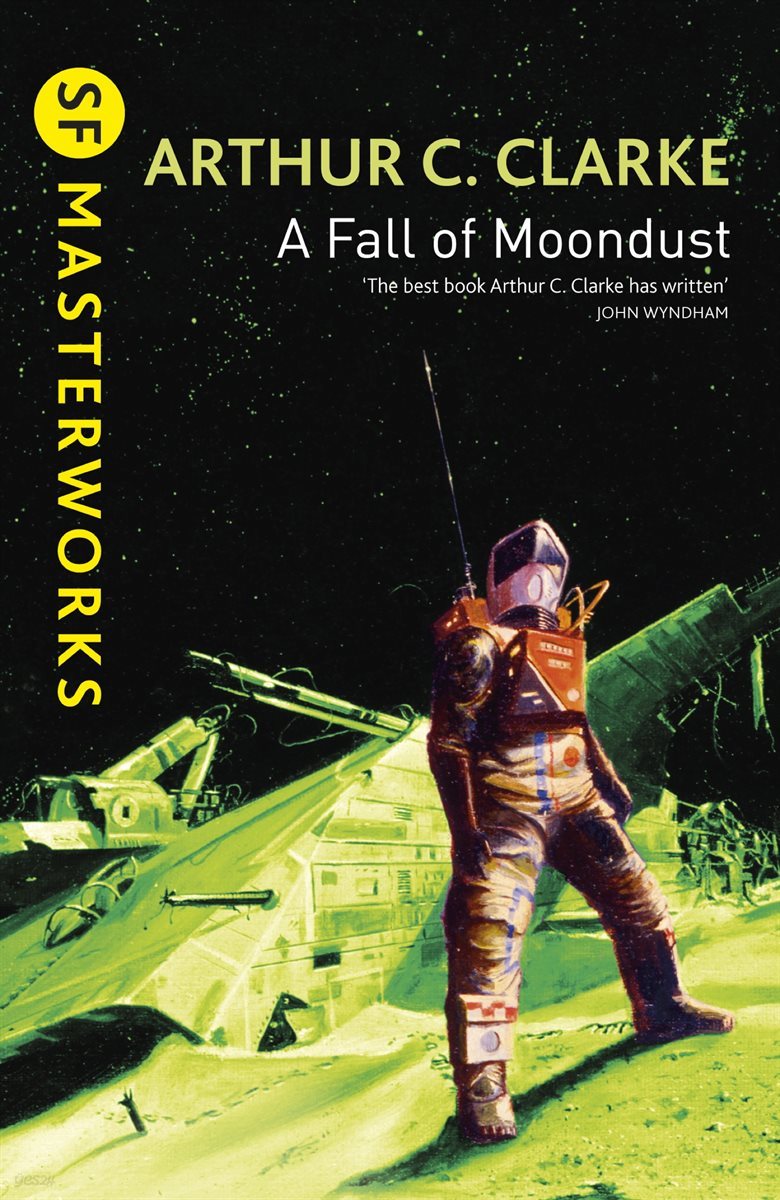A Fall of Moondust falls into the category of ‘hard’ sci-fi, the definition of which I outlined in this previous review. It’s a lesson in how to effectively tell a story while adhering to scientific principles. Clarke has not only thoroughly worked out the details of the situation, but puts them in service of the narrative, creating obstacles for the characters and upping the stakes when appropriate. He manages to have his cake and eat it: exploring future technology while never losing sight of the people at the heart of the story.
What’s great about the book is that it’s full of suspense. The odds of getting rescued are stacked against those aboard the Selene, and Clarke wrings every bit of tension out of the situation that he can. We quickly come to care about Pat and his passengers, so when the disaster happens we’re instantly invested. Clarke keeps up the pace by switching between the Selene and the point-of-view of the rescuers, giving us a full picture of what’s going on.
Alongside the action, there’s some beautiful descriptions of the moon’s surface that create an ethereal atmosphere. The setting in general is very well realised, immersing the reader in the world of space travel in the mid-21st century. There are tantalising glimpses of this future’s history, and how society functions now humans have expanded into space. It’s these small touches that keep the novel grounded and believable.
A Fall of Moondust is Arthur C. Clarke at his best. It’s a blockbuster sci-fi adventure that takes a simple premise and uses it to its fullest extent. The plot is gripping, the characters are likeable, and it presents an interesting and plausible future world. In contrast to a lot of modern sci-fi, it’s also optimistic about the future of humanity, showing people at their best: co-operating, solving problems, and looking out for each other. It’s a fine example of why Arthur C. Clarke is one of the masters of science fiction.
Review by Charlie Alcock

 RSS Feed
RSS Feed
